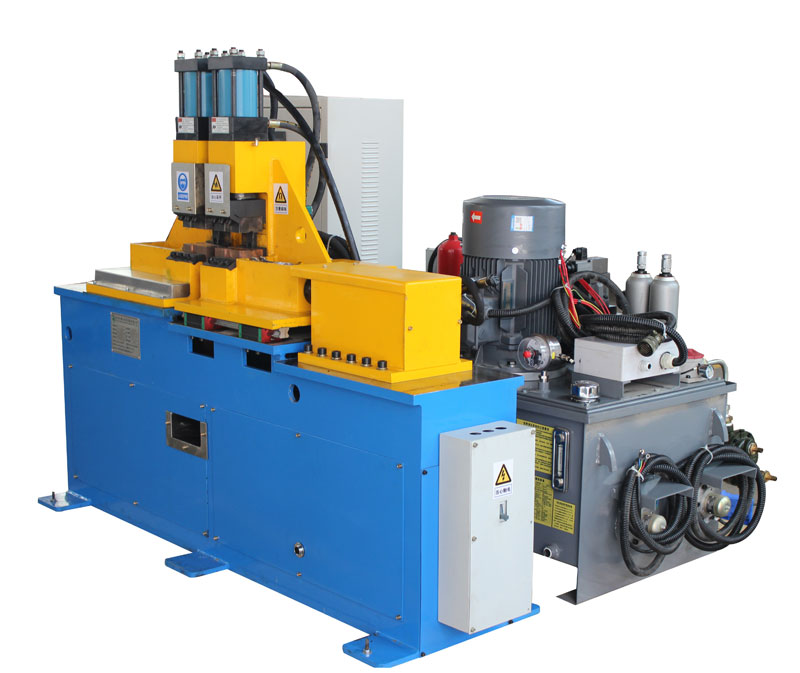Composition of Butt Welding Machine Structure
The structure of a butt welding machine is crucial in ensuring its stability, functionality, and efficiency in welding operations. Understanding the components that make up the welding machine is essential for welders and professionals in the welding industry. This article explores the composition of the butt welding machine structure, highlighting the significance of each component in facilitating successful welding processes.
- Base Frame: The base frame serves as the foundation of the butt welding machine, providing stability and support for the entire structure. It is typically constructed from robust materials such as steel, ensuring the machine remains steady during welding operations.
- Welding Head: The welding head is a critical component that houses the welding electrode, torch, or other welding tool. It is designed to hold and guide the welding tool accurately along the joint to achieve precise welds.
- Clamping System: The clamping system is responsible for holding the workpieces firmly together during welding. It ensures proper alignment and prevents any movement that could compromise the weld quality.
- Hydraulic Pneumatic System: The hydraulic pneumatic system generates and regulates the welding force applied to the workpieces. This system plays a crucial role in achieving consistent pressure and penetration during welding.
- Welding Power Source: The welding power source is responsible for providing the necessary electrical power to create the welding arc or heat required for the welding process. It may be a transformer, inverter, or other power supply devices.
- Control Panel: The control panel houses the user interface and control mechanisms for the welding machine. It allows operators to adjust welding parameters, monitor welding conditions, and select various welding modes as needed.
- Cooling System: The cooling system helps dissipate heat generated during welding, preventing the welding machine from overheating and ensuring its long-term reliability.
- Foot Pedal or Handheld Control: Some butt welding machines feature a foot pedal or handheld control, allowing welders to initiate and control the welding process manually. These controls offer flexibility and convenience during welding operations.
In conclusion, the butt welding machine structure is composed of essential components that work in harmony to achieve successful welding processes. The base frame provides stability, while the welding head houses the welding tool and guides it along the joint accurately. The clamping system ensures proper alignment, and the hydraulic pneumatic system generates consistent welding force. The welding power source delivers the required electrical power, and the control panel allows operators to adjust welding parameters. The cooling system dissipates heat, and optional foot pedals or handheld controls offer added flexibility. Understanding the composition of the butt welding machine structure empowers welders and professionals to make informed decisions and optimize welding performance. By leveraging the capabilities of each component, welding operations can achieve superior weld quality, efficiency, and safety in various applications and industries.
